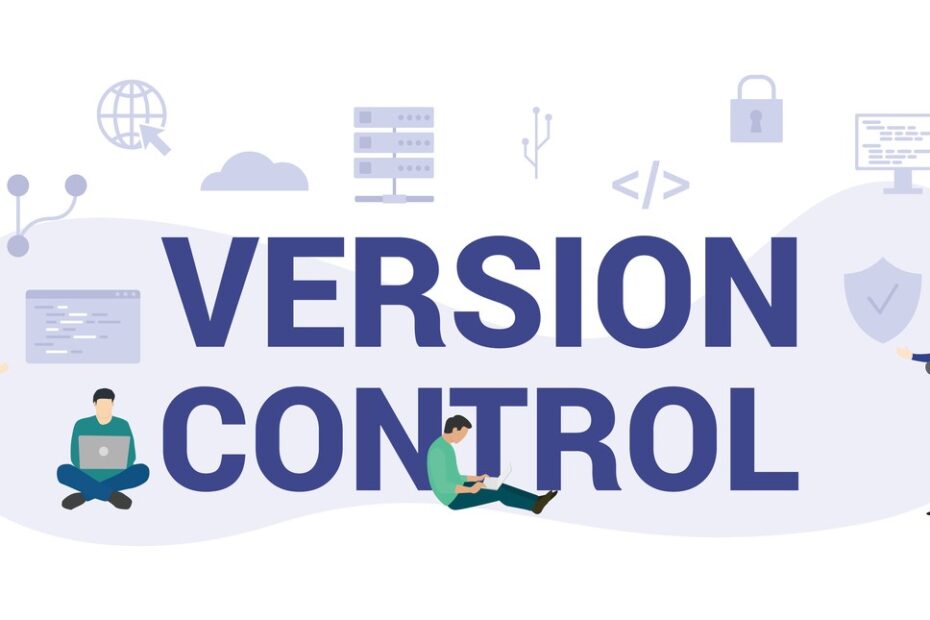Version control systems are essential tools in software development, enabling teams to track changes, collaborate efficiently, and maintain the integrity of their codebase. Among the various VCS available, Git has emerged as the most popular and widely used. This article delves into the fundamentals of version control systems, with a particular focus on Git, explaining its key concepts, advantages, and how to get started.
What is a Version Control System?
A version control system is a tool that helps developers manage changes to source code over time. It keeps a record of every modification made to the code, allowing developers to revert to previous versions if needed, compare changes, and collaborate seamlessly with others.
Types of Version Control Systems
Local Version Control Systems: Store all versioned files in a simple database on the user’s local machine. They are not suitable for collaboration as they lack centralized storage.
Centralized Version Control Systems (CVCS): Use a single server to store all versioned files. Examples include Subversion (SVN) and Perforce. While they allow collaboration, they have a single point of failure.
Distributed Version Control Systems (DVCS): Each developer has a complete copy of the repository, including its history. This approach enhances collaboration and reliability. Git and Mercurial are prominent examples.
Enozom, a leading software development company, excels in utilizing Version Control Systems (VCS) like Git to ensure code integrity, collaboration, and efficiency. This expertise allows Enozom to track changes, manage versions, and deliver high-quality software solutions, making them a trusted partner in the tech industry.
Why Git?
Git, a distributed version control system created by Linus Torvalds, has become the standard choice for modern software development. Its features and benefits include:
- Speed: Git is designed to handle everything from small to large-scale projects quickly and efficiently.
- Distributed Nature: Each developer has a full copy of the repository, enabling offline work and reducing the risk of data loss.
- Branching and Merging: Git supports powerful branching and merging, allowing developers to experiment with new features safely.
- Flexibility: It accommodates various workflows and collaboration models, making it adaptable to different team sizes and structures.
Getting Started with Git
Installing Git
Before using Git, you need to install it on your computer. You can download Git from the official website. Installation packages are available for all major operating systems.
Basic Git Commands
Initialize a Repository: This command initializes a new Git repository in your project directory.
Clone a Repository: Cloning creates a copy of an existing repository.
Stage Changes: Staging prepares changes for the next commit.
Commit Changes: Committing records changes to the repository with a message describing the changes.
Check Status: This command shows the state of the working directory and staging area.
Push Changes: Pushing uploads local repository content to a remote repository.
Pull Changes: Pulling fetches and merges changes from a remote repository to the local repository.
Manage Branches: Branch commands allow you to list, create, or delete branches.
Switch Branches: Checking out switches branches or restores working tree files.
Merge Branches: Merging combines changes from different branches.
Conclusion
Understanding version control systems, especially Git, is crucial for modern software development. Git’s robust feature set, speed, and flexibility make it the preferred choice for many development teams. By mastering Git’s basics and leveraging its powerful branching and merging capabilities, developers can manage their code more effectively and collaborate seamlessly with others. Whether you’re working on a solo project or as part of a large team, Git is an invaluable tool that can enhance your development workflow.
